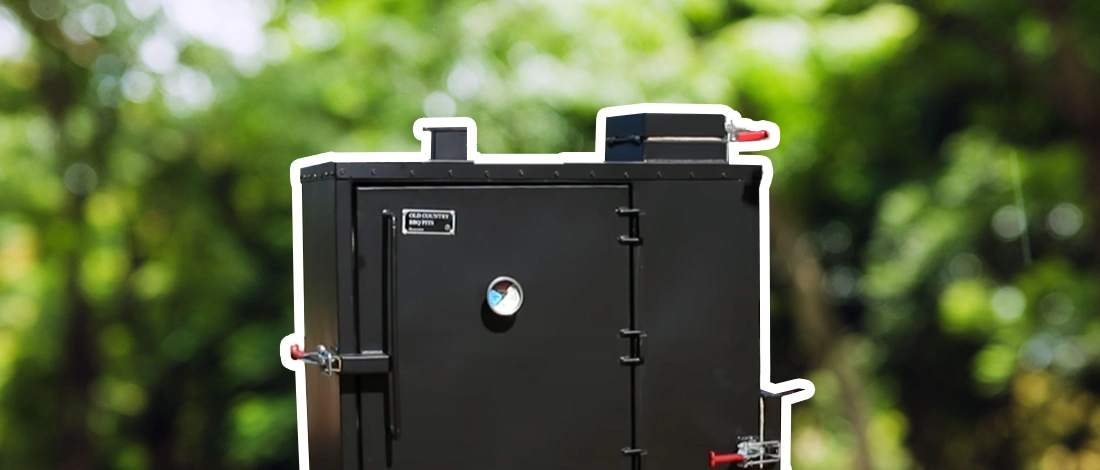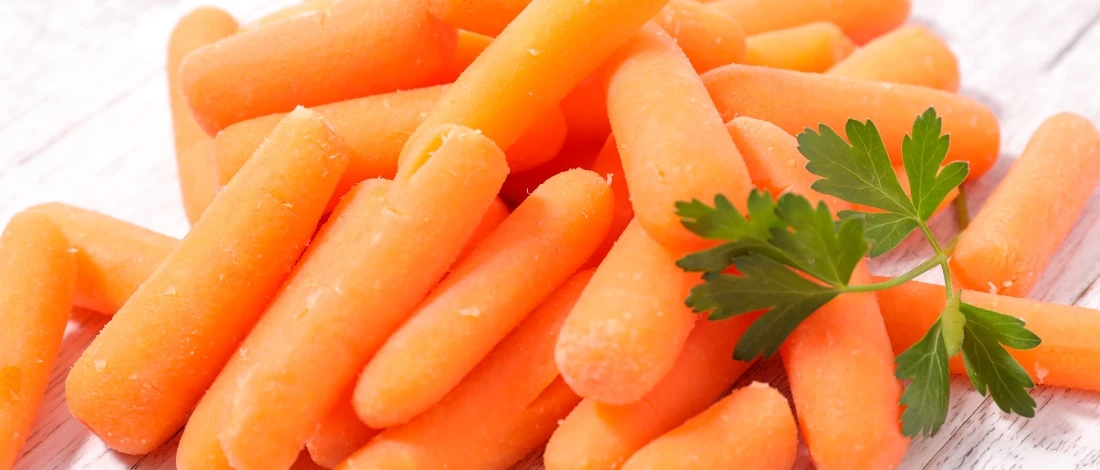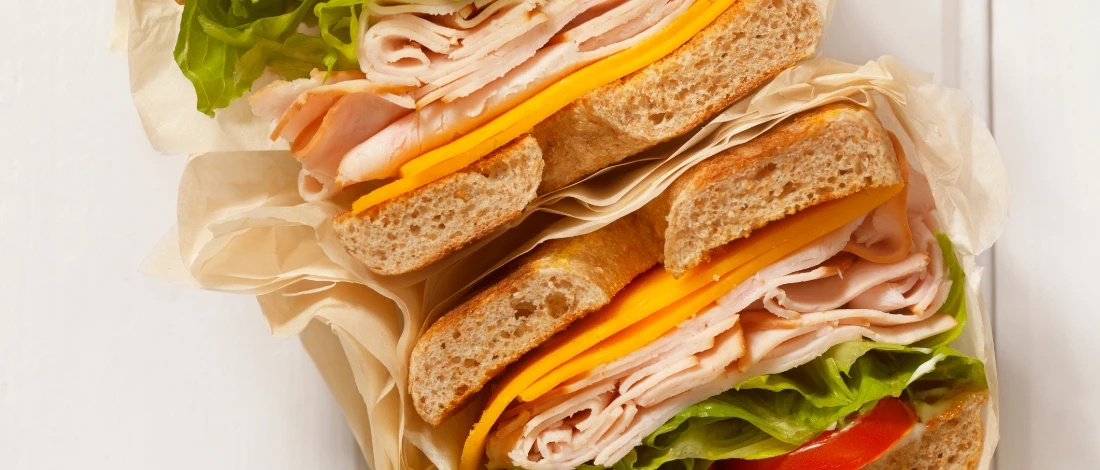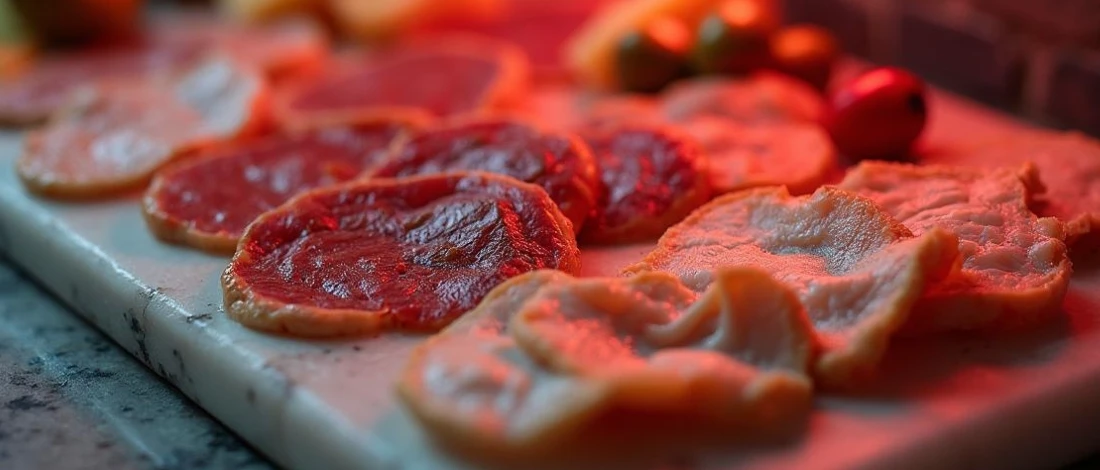Do Defrosting Trays Work? The Science, Safety, and Surprises Behind Quick-Thawing Steaks
Defrosting trays are enjoying a revival, thanks to TikTok. These once-forgotten infomercial stars promise to thaw steaks faster than you can say “What’s for dinner?”
But do they live up to the hype? Let’s explore the science, the risks, and a few tips for safe thawing.
The Science of Defrosting Trays
At their core, defrosting trays are all about heat transfer. Made from metals like aluminum or copper, these trays conduct heat efficiently, moving room-temperature warmth into frozen meat. This process, grounded in thermodynamics, is what makes them seem like a culinary shortcut.
To illustrate their potential, some users test defrosting trays by melting ice cubes. The results are often dramatic—ice on the tray melts far faster than on a countertop. But here’s the twist: meat isn’t ice.
Unlike melting ice, which continuously exposes fresh surfaces to heat, meat thaws unevenly. That’s why thicker cuts often take much longer than advertised, leaving users scratching their heads.
“While many of these trays claim to thaw steaks in about an hour unless you’re thawing a really thin steak, you’re unlikely to gain much benefit from using a defrosting tray,” the article notes.
Are Defrosting Trays Safe?
Food safety becomes a serious question with these trays. The USDA emphasizes three safe thawing methods: the refrigerator, cold water, or a microwave.
Defrosting trays, especially if left out at room temperature, don’t fit these guidelines. Meat can easily reach the “danger zone” above 40°F, where bacteria thrive.
Rochelle Bilow from The Kitchn shared her experiment with an Evelots Defrosting Tray. After an hour, the chicken breast was still frozen and nearing unsafe temperatures.
Similarly, a test by Allrecipes with a Quick Defrosting Tray showed mixed results. “Over an hour at room temperature is still questionable in regard to food safety,” the article explains.
A DIY Hack for Quick Thawing
Want to experiment? Try an aluminum cookie sheet on a cooling rack for better air circulation. Copper pans or aluminum griddles work too. Just remember, safety first—monitor temperatures and thaw times closely.
Defrosting trays might look like modern magic, but their practicality is mixed. Stick to proven methods or proceed with caution to keep your meals both delicious and safe.
For steak enthusiasts, thawing is just the beginning! Explore our homepage for in-depth guides on cooking and serving the perfect steak.





